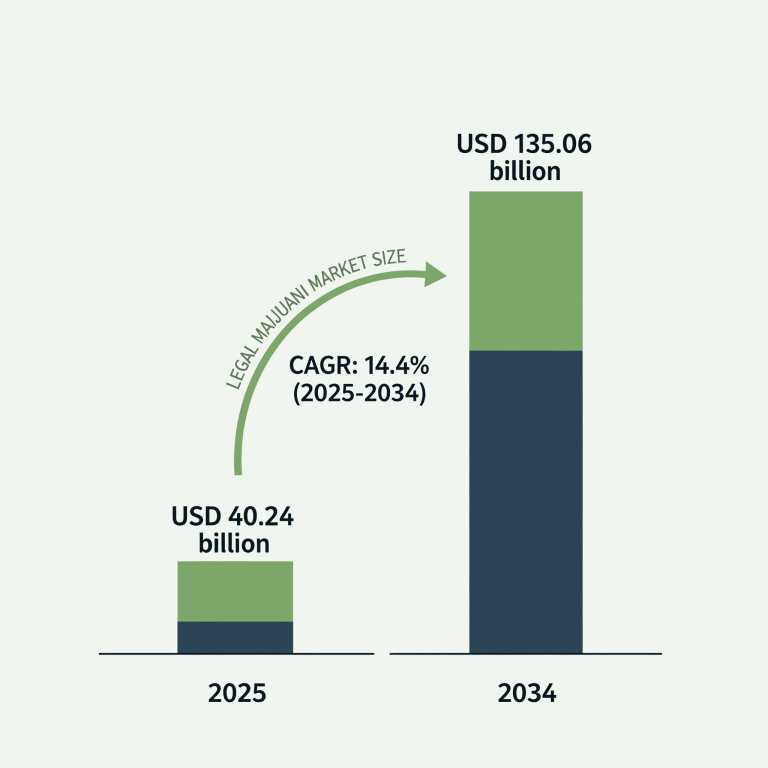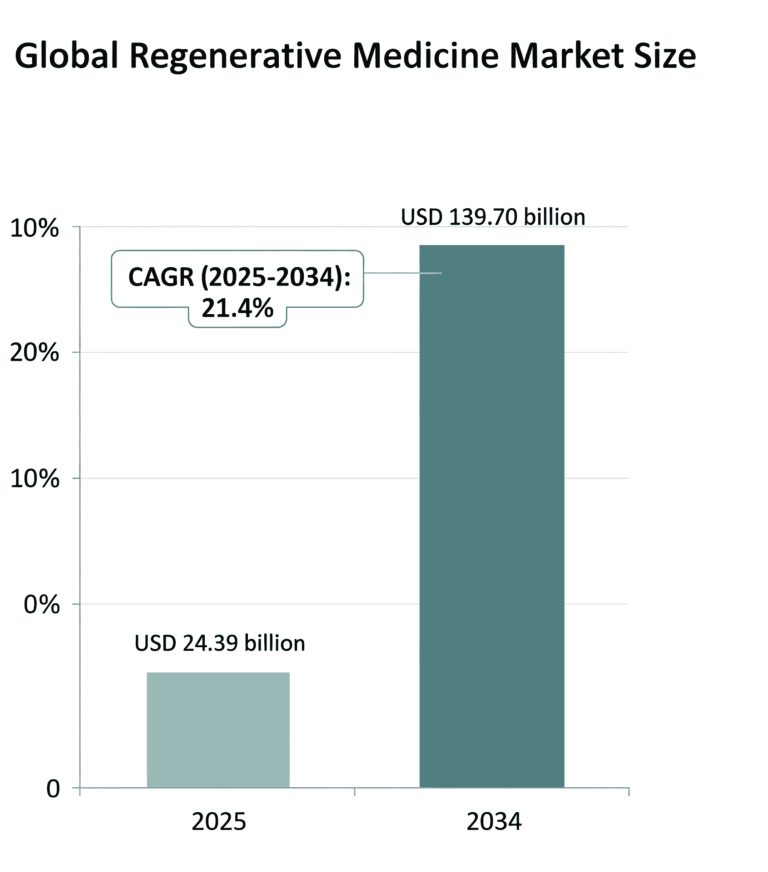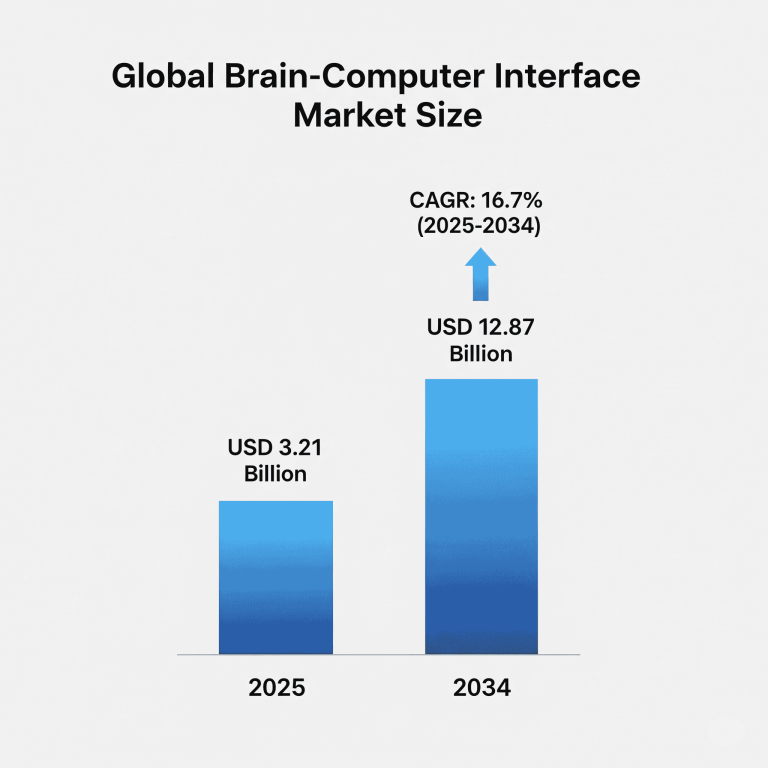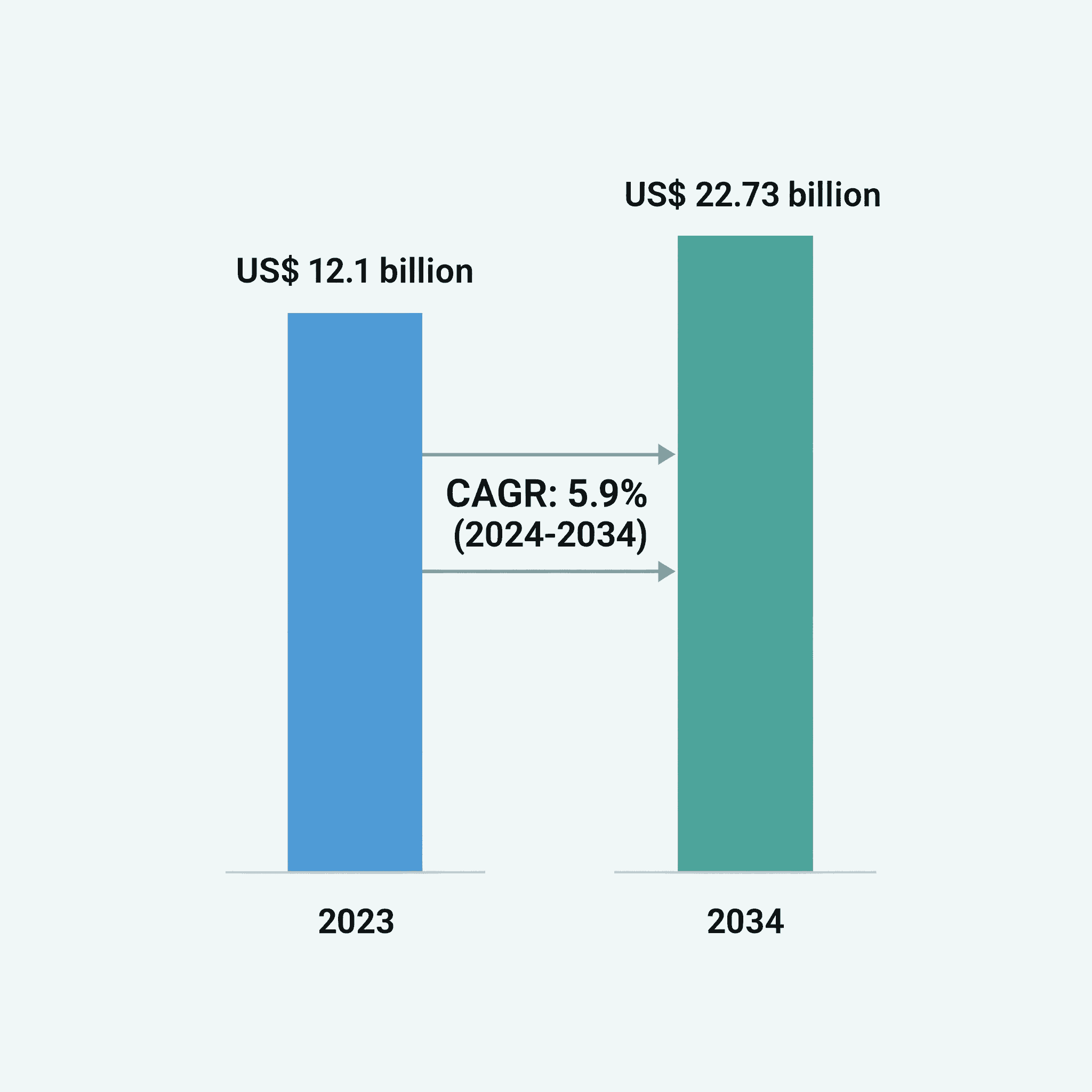
The global knee replacement prosthesis market was valued at USD 12.1 billion in 2023 and is projected to reach USD 22.73 billion by 2034, growing at a CAGR of 5.9% (2024–2034). The market is driven by increasing osteoarthritis cases, rising sports injuries, technological advancements like 3D printing and robotic surgeries, and growing elderly populations, especially in Asia-Pacific. However, high costs remain a challenge.
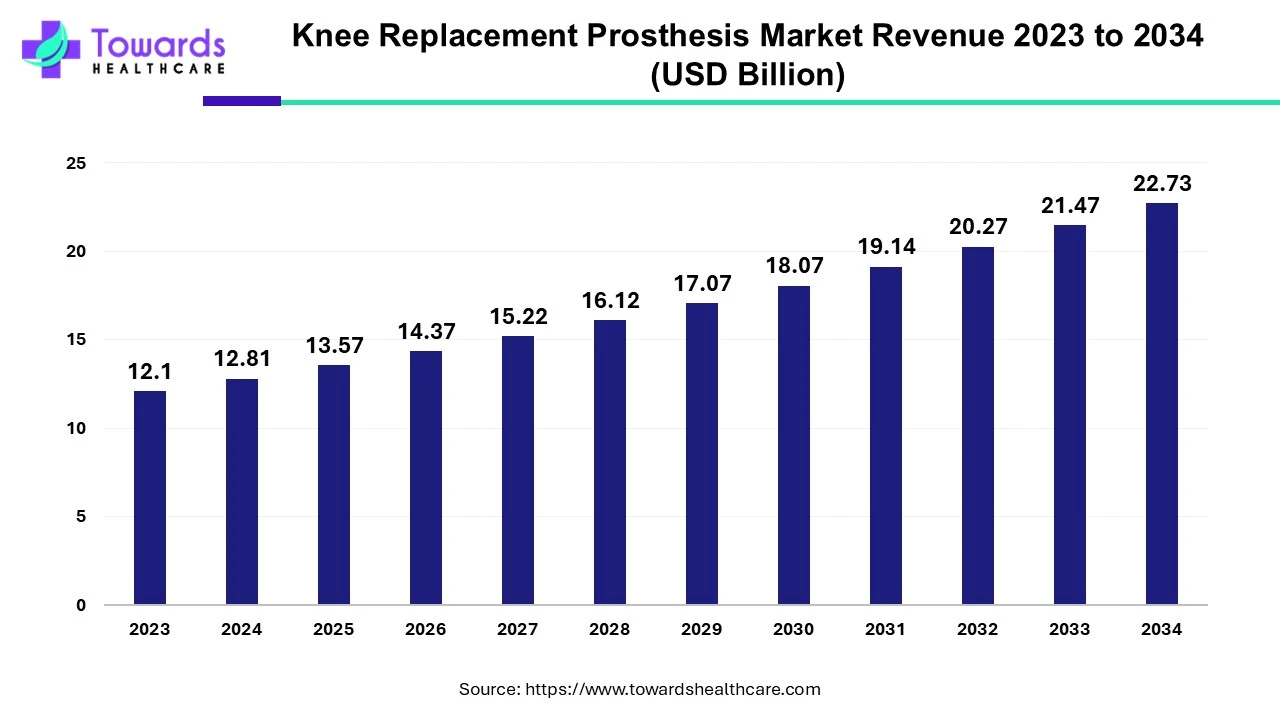
Download the free sample and get the full report for complete insights and forecasts on the knee replacement prosthesis market @ https://www.towardshealthcare.com/download-sample/5280
Market Trends
3D Printing Technology Adoption
● Customizable implants tailored to patient anatomy.
● Example: Naton Biotechnology developed the world’s first laser 3D-printed total knee implant (March 2025).
Robotic-Assisted Surgeries
● Example: Corin launched ApolloKnee™ robotic surgical system in June 2024.
● MISSO robot by Meril (India) enhances precision in real-time knee surgeries.
Strategic Collaborations and Funding
● Alkem MedTech partnered with Exactech Inc. for Indian market expansion.
● Startups like restor3D and Osteal Therapeutics raised significant funding in 2024 to accelerate innovation.
Market Insights
High Tibial Osteotomy: Increasing preference for surgical techniques that delay full knee replacement.
AI Integration: AI helps customize prosthetics and improve surgical planning.
Mobile Applications: Tools like mymobility assist in post-op monitoring, enhancing patient engagement.
Market Dynamics
Drivers:
Technological Advancements
● Use of AI, robotics, and 3D printing.
● Minimally invasive surgery improving outcomes and reducing recovery time.
Aging Population
● Elderly are more prone to arthritis and joint degeneration.
Increased Sports Injuries
● Common in high-impact sports; pushing younger patients toward early replacements.
Challenges:
High Cost of Surgery
● In the U.S., knee replacement costs range between $15,000–$75,000.
● Limited affordability in developing regions.
Opportunities:
Personalized 3D Implants
● Reduces bulk manufacturing and increases patient satisfaction.
● Enhances market penetration in cost-sensitive regions.
Regional Segments
1. North America (Largest Market)
● Technological leadership in robotics, AI, and surgical tools.
● Advanced healthcare infrastructure and high surgery rates.
● Over 3 million knee and hip surgeries were recorded between 2012 and 2022 in the U.S.
2. Asia-Pacific (Fastest Growing)
● Rapidly aging population (e.g., 216.76 million elderly in China in 2023).
● Government support and domestic innovation (e.g., “Kadam” knee at IIT Madras).
3. Europe
● High number of orthopedic cases and knee replacements (e.g., 74,082 knee replacements in the UK).
● Strong government initiatives like EU Musculoskeletal Health Strategy.
Segment Highlights
By Type:
Tibial Component (Dominant Segment)
● Crucial part of knee joint reconstruction.
● Preferred in high tibial osteotomy for arthritis cases.
By Application:
Osteoarthritis (Largest Share)
● Most common arthritis type, especially in individuals 40+.
● Leading reason for knee replacements globally.
Sports Injuries (High Growth Potential)
● Increasing incidents in younger individuals and athletes.
Top Companies
ConforMIS, Inc.
JRI Orthopaedics Ltd.
Medacta International SA
United Orthopedic Corporation
MicroPort Scientific Corporation
Zimmerer GmbH
DJO Global Inc.
Stryker Corporation
Arthrex, Inc.
Johnson & Johnson (DePuy Synthes)
B. Braun Melsungen AG
Corin Group PLC
Waldemar Link GmbH & Co. KG
Exactech Inc.
Smith & Nephew plc
LimaCorporate S.p.A.
Top 5 FAQs
1. What is driving the growth of the knee replacement prosthesis market?
Ans: Technological innovations (robotics, AI), rising osteoarthritis cases, and increasing geriatric and sports-injury-related knee issues are key drivers.
2. Which region leads the knee replacement market?
Ans: North America leads due to high procedure rates, tech advancements, and skilled professionals. Asia-Pacific is growing fastest due to its aging population.
3. What role does 3D printing play in the market?
Ans: 3D printing enables cost-effective, personalized prostheses, reducing material waste and improving surgical outcomes.
4. Why is the tibial component segment dominating?
Ans: It’s essential for weight distribution and joint realignment, making it a critical part of most knee replacement surgeries.
5. What are the main challenges in this market?
Ans: High surgery and prosthesis costs, limited accessibility in low-income regions, and post-surgical recovery challenges.
Immediate Delivery Available | Buy This Premium Research @ https://www.towardshealthcare.com/price/5280
Access our exclusive, data-rich dashboard dedicated to the healthcare market – built specifically for decision-makers, strategists, and industry leaders. The dashboard features comprehensive statistical data, segment-wise market breakdowns, regional performance shares, detailed company profiles, annual updates, and much more. From market sizing to competitive intelligence, this powerful tool is one-stop solution to your gateway.
Access the Dashboard: https://www.towardshealthcare.com/access-dashboard
Become a valued research partner with us – https://www.towardshealthcare.com/schedule-meeting
You can place an order or ask any questions, please feel free to contact us at sales@towardshealthcare.com
